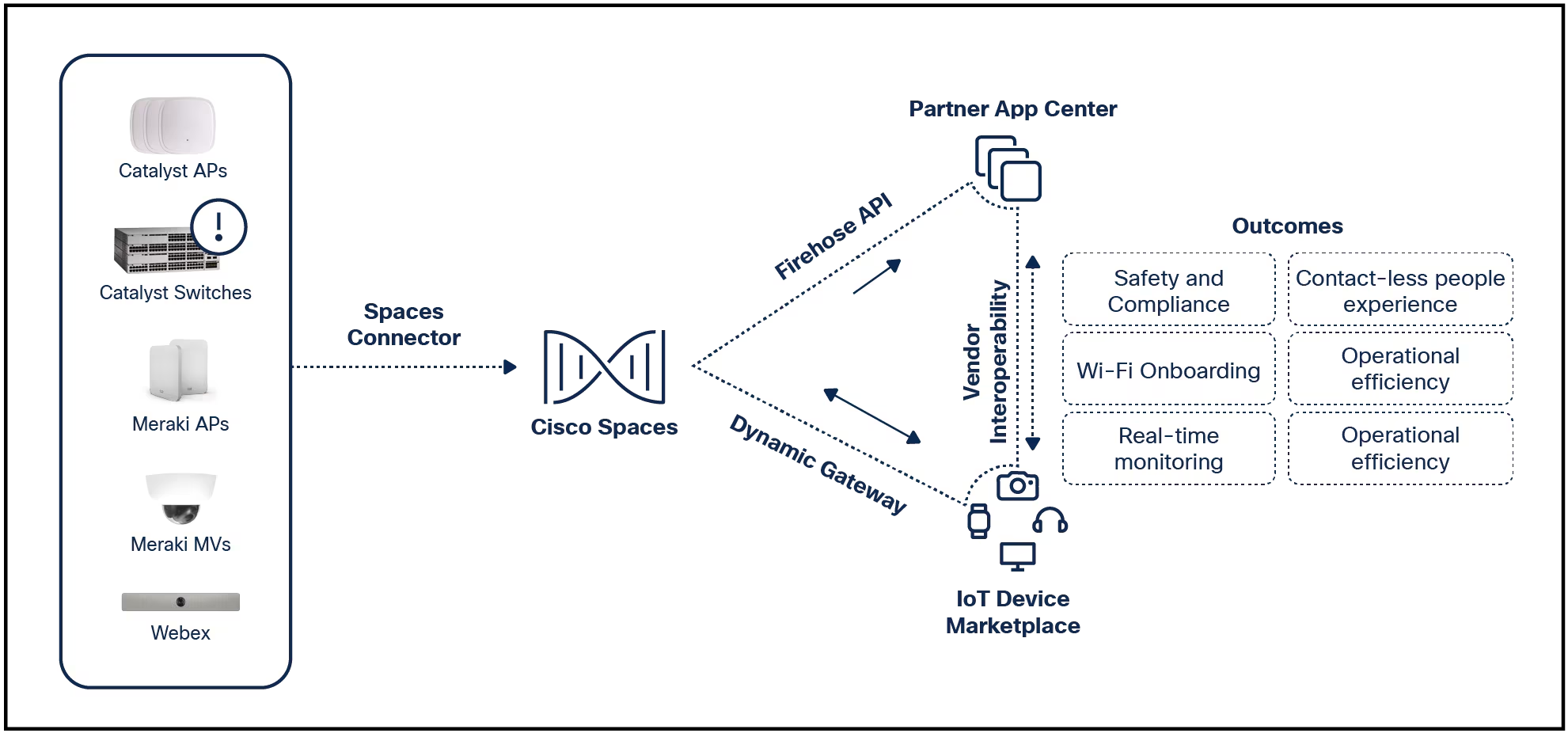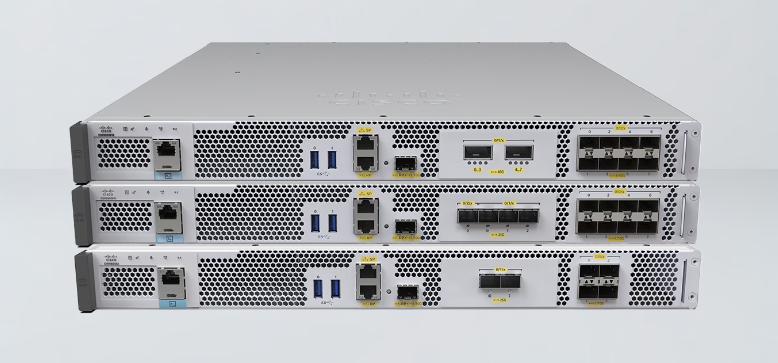































It is estimated that more than 90% of organizations leveraging public clouds are moving to a multi cloud strategy. In addition to advantages around operational resiliency and cost savings for I & O (Infrastructure and Operations) teams, multi cloud deployments allow developers and architects to incorporate best of breed services. Developers/architects evaluate and decide on cloud services that best match their technology stack and application requirements. Considering the myriad of cloud services available for development teams to pick from that are only growing, we can expect I & O teams to be operating in a vastly complex ecosystem spanning multiple clouds.
To be able to operate and secure this multi cloud ecosystem, I & O teams would greatly benefit from a single pane of glass that provides a holistic, consistent view across all cloud service providers while hiding the intrinsic differences below the hood. Being able to leverage a single observability tool across all cloud providers together with the ability to apply data analytics tool on normalized, consolidated data is a critical step to prepare for the expected complexities of a multi cloud landscape. One such tool is AppDynamics Cloud, a software-as-a-service (SaaS) product that offers cloud native and full-stack observability for large, managed Kubernetes deployments on public clouds (Amazon Web Services, Microsoft Azure, and Red Hat OpenShift).
To harness this observability platform, the first step is to create a cloud connection to each of the cloud providers that hosts your mission critical applications. While AppDynamics Cloud UI provides a complete feature set to manage and observe your application full stack, let's explore the programmatic way of doing the same in this and upcoming blogs. We will address the Cloud Connections API in this blog and address other management API's in subsequent blogs.

Cloud Configuration resources abstract service details specific to cloud providers while Cloud Connection resources abstract connection methodologies that are cloud specific. Cloud collectors in AppDynamics Cloud then pull data from Amazon CloudWatch and Microsoft Azure Monitor and prep the collected data for further analysis with AppDynamics Cloud Observability Tools.
Cloud Connection API's support the CRUD functionality for both Configurations and Connections, allowing automated tools to control resource and service monitoring for hosted customers.
AppDynamics Cloud uses AWS and Azure authentication mechanism to pull data from Amazon CloudWatch and Microsoft Azure Monitor.
AppDynamics Cloud uses AWS authentication with clientId/clientsecret or role delegation. Typically, access key/secret key connections are used by enterprises in test environments since its less secure. Role delegation offers the security that sharing access key/secret key does not and is a secure methodology for AppDynamics Cloud customers to share the cloud resources that they want monitored.
AppDynamics Cloud uses Azure accesskey authentication that can be used with role-based access giving control over which customer cloud resources can be accessed and at which level.
More details on the authentication methodologies supported can be found in the links below. Sample code to exercise the API's are also available in the links below.
We'd love to hear what you think. Ask a question or leave a comment below.
And stay connected with Cisco DevNet on social!
LinkedIn | Twitter @CiscoDevNet | Facebook | YouTube Channel
 Hot Tags :
Featured
network automation
Cisco Full-Stack Observability (FSO)
multicloud management
AppDynamics Cloud
Hot Tags :
Featured
network automation
Cisco Full-Stack Observability (FSO)
multicloud management
AppDynamics Cloud